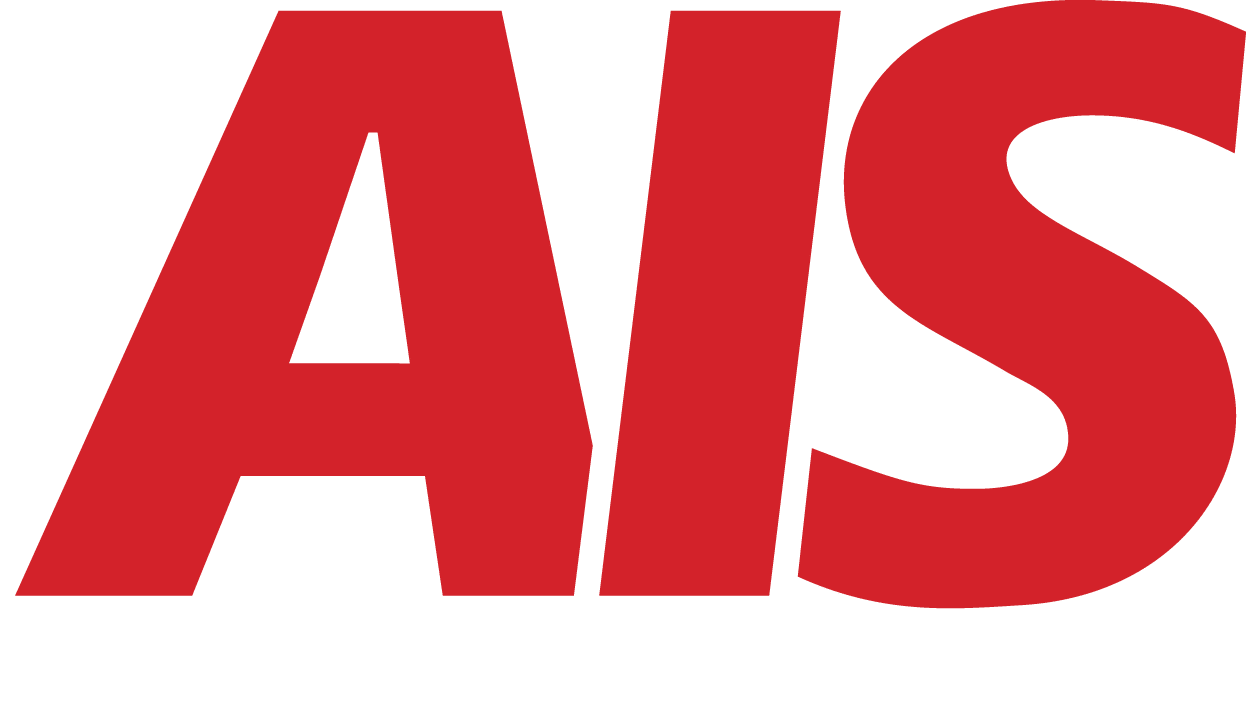What Is Managed IT?
Managed IT is very different. Rather than building your own internal IT team and processes, Managed IT involves outsourcing your IT operations to a trusted provider, such as AIS.
When you work with a Managed IT provider, you gain access to a team of specialists who handle the daily work of managing your IT systems. This often includes support for your users, network monitoring, cybersecurity protection, cloud management, software updates, backup management, and more.
In this model, you’re not responsible for hiring, training, or managing an IT staff. You’re also not on the hook to build your own ITSM processes from scratch. You’re paying a company to take that responsibility off your plate so you can focus on running your business.
Most small and medium-sized businesses prefer this model because it’s more cost-effective, more flexible, and far less stressful than trying to build an internal IT operation.
5 Key Differences Between ITSM and Managed IT
At this point, you can probably already see some differences. But let’s go deeper into five key ways they differ:
1. Who Provides the Service?
ITSM is typically an internal practice. Your own IT department uses ITSM principles and tools to manage service delivery. You own the processes, the tools, and the results.
Managed IT, on the other hand, is outsourced. A third-party provider is hired to run your IT systems and deliver the results you need.
2. Who Owns the Tools and Processes?
With ITSM, you (or your internal team) select and manage the tools used to run IT—such as ticketing systems or change management tools.
With Managed IT, the provider usually brings their own tools and workflows. You benefit from their mature processes and best practices without having to invest in building them yourself.
3. Focus: Process vs. Outcomes
ITSM is highly focused on building structured processes, including service request workflows, change management, and documentation.
Managed IT is focused on outcomes: solving problems quickly, keeping systems running, and protecting your business from risks.
In short, ITSM is primarily about the maturity of internal IT processes. Managed IT is about getting results.
4. How You Pay
ITSM typically involves staffing costs (hiring and retaining IT staff) plus the cost of software tools and training.
Managed IT services typically come in the form of a monthly flat fee or a pay-per-user/per-device model. This predictable pricing is one of the biggest reasons businesses choose Managed IT.
If you’re curious, here’s a helpful resource: How Much Does Managed IT Cost?
5. What Type of Business Does It Fit?
ITSM is best suited for larger companies, typically those with 200 or more employees and an established IT department. It is often used in industries that require strong compliance, such as healthcare, government, or financial services.
Managed IT is an excellent fit for small to medium businesses, especially those without full-time IT staff. It works well for organizations that want a cost-effective, expert partner to handle their IT needs, allowing them to focus on growth.
Which One Is Right for Your Business?
If you run a larger organization with a complex IT environment or strict compliance needs, ITSM might be the right path. It helps you build internal processes that ensure consistency and quality of service delivery.
However, if you run a smaller business (or if you simply want a hands-off solution where experts manage IT for you), Managed IT is usually the better fit. You achieve results quickly, with lower overhead and greater flexibility.
In fact, many businesses start with Managed IT because it solves immediate needs. Over time, as they grow, they may choose to adopt ITSM practices internally or through their Managed IT provider.
The two approaches aren’t mutually exclusive. Many organizations use both in combination.
Common Misconceptions
One misconception we hear often is: “If we use Managed IT, doesn’t that mean we already have ITSM?”
Not necessarily. Your managed IT provider may use ITSM frameworks internally, but as the client, you don’t have to manage that. You’re buying an outcome, not a framework.
Another common misunderstanding is: “We need to choose either Managed IT or ITSM, but not both.”
In reality, many companies benefit from a blend of both. A good Managed IT provider will use ITSM best practices in the background to deliver reliable service. And as your business grows, you can layer in more ITSM tools and processes if needed.
Final Thoughts: It’s Not Always Either/Or
Ultimately, the right approach depends on your business goals, size, and current IT capabilities.
For many small to medium businesses, Managed IT is the smarter starting point. It gives you access to expert help, proven tools, and predictable costs—all without the burden of building a whole IT team or adopting complex frameworks.
If your business grows to the point where you need tighter control, compliance, or advanced service management, that’s when you may start layering in ITSM practices.
What matters most is finding a provider that understands both models and can guide you through what makes sense at each stage of your growth. At AIS, that’s precisely what we aim to do.
If you want to talk through what’s right for your business, or if you’re trying to figure out whether Managed IT or ITSM is the better next step, we’d be happy to help.
Topics:




